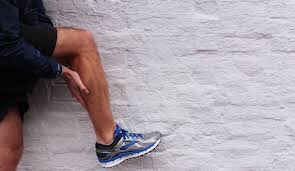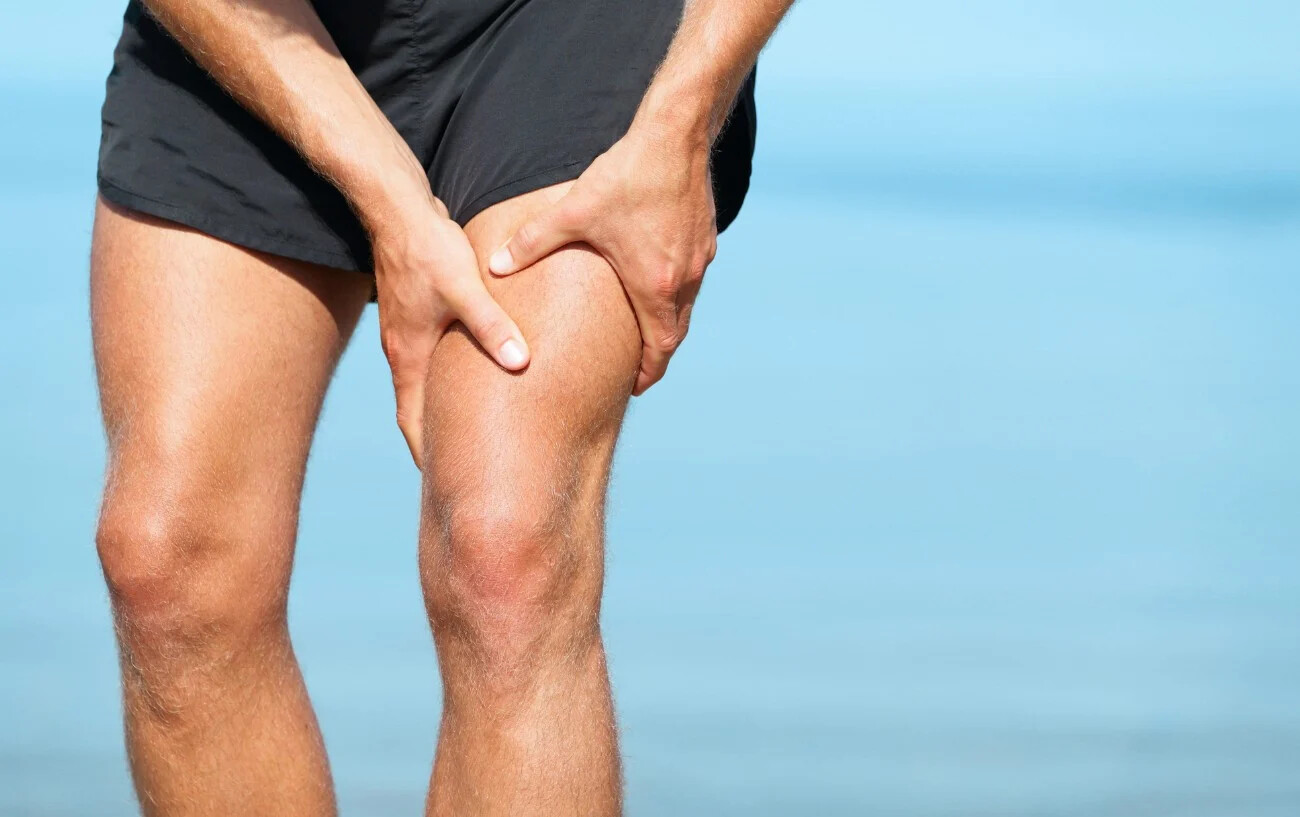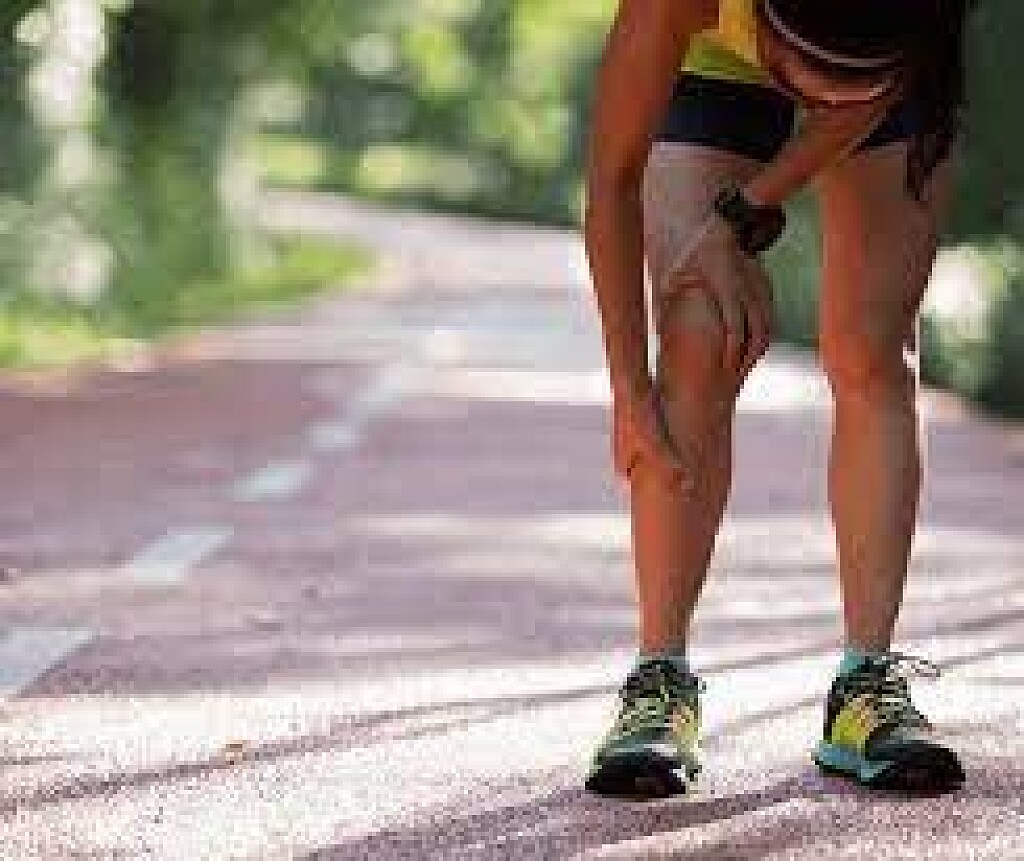Running News Daily
Running News Daily is edited by Bob Anderson. Send your news items to bob@mybestruns.com Advertising opportunities available. Train the Kenyan Way at KATA Kenya and Portugal owned and operated by Bob Anderson. Be sure to catch our movie A Long Run the movie KATA Running Camps and KATA Potato Farms - 31 now open in Kenya! https://kata.ke/
Index to Daily Posts · Sign Up For Updates · Run The World Feed
Should I Run With Sore Legs?
Whether you have just started or been running for years, sore legs are something runners deal with every week. But the question that often runs through our mind is – Should I run with sore legs?
Knowing when to push yourself and when to hold yourself back is the solution to preventing sore legs after a run. So balancing the right amount of recovery into your training is key to keeping you running without any pain or soreness.
Delayed onset muscle soreness (DOMS) is a common occurrence within the endurance community. Symptoms can differ from tenderness in the muscles to unrelenting pain.

Deep thigh pain after running, sore hamstrings, and tender quadriceps are caused by micro-injuries. These injuries are often experienced by runners returning to training following a period of rest or reduced running. For more experienced runners, DOMS can occur when introducing new sessions, certain types of workouts, and increasing the volume too quickly.
SHOULD I RUN WITH SORE LEGS?
To determine if you should run with sore legs, first figure out if it is soreness or acute pain. If your legs are just tender it’s ok to run. If you find that you have acute pain or can barely walk after running, then you need to rest yourself from running.

Soreness often occurs after a race or tough workout. While it may only put you out from running for a couple of days, it is important to allow full recovery. Otherwise, you may find the soreness starts affecting your running form. Running with sore legs will force you to overcompensate, adding more load to the part of your body that does hurt. This can cause injuries, delay recovery, and prevent you from continuing to train at the required level.
Even if you can push through the pain, running with sore hamstrings, quadriceps or calves isn’t a wise decision. You should first distinguish what is causing this pain and discomfort.
– Is it from lack of recovery?– Have I introduced any new workout?– Is it caused by the surface I run on?– Is it just because I started running?
All of these questions can help you understand why your legs ache after running. It can also help you to re-structure you’re training to prevent it from happening in the future.
If you are experiencing a small amount of soreness after running, you still might find it possible to run the next day. If this is the case, make sure it doesn’t affect your running form. If your running form isn’t affected by the soreness, contact a masseuse to help relieve any tension or soreness in the muscles asap. Alternatively, if you don’t have access to a masseuse, try spending 30 minutes on the foam roller. Both can help speed up the recovery process and prevent further damage to the muscles while the legs are still sore after running.
LEGS SORE AFTER RUNNING FIRST TIME
Even if your fit and active, it is likely that you may experience sore legs after running the first time. The reason can be because:
You haven’t exercised for some time. Not used to this level of strenuous activity. You overdid it during the initial stages of running. You’re used to a different type of sport (example: cycling or swimming)
Either way, muscle soreness the days after a run occurs from small tears in the muscle fibres. When you experience this for the first time, the body’s defence mechanism kicks in, causing fluid to occupy the muscles, causing swelling and pain. This swelling often peaks around 48 hours after your initial run. That is why you may feel fine after a run, but the next day you struggle to walk.
To prevent your legs from getting sore, the number one rule is not to overload the body too soon. That means for any new runner starting, it is best to include a combination of running and walking while the muscles adapt. Once your body gets accustomed to the impact and stress from running, you can slowly increase the amount of running you do.
DEEP THIGH PAIN AFTER RUNNING
If you have been running for a while now, you’ve most likely at some point felt deep thigh pain after running. Although this is common, it is not always normal. Luckily your not alone. Deep thigh pain is a common complaint within runners, and it can affect not only your running technique but training as well.
Knowing what causes this and the best treatment protocol is the first step in getting back on the feet again.
Deep thigh pain often improves during the run, but then comes back worse once you have finished. This is usually caused by the body adapting to the training. By allowing adequate rest, you can usually be back running in a few days.
However, sometimes deep thigh pain can be a sign of strained quadriceps or even a femoral stress fracture. Both of these can put you out of running for long periods. Quad strain pain is often present in a specific part of the muscle. On the other hand, a femoral stress fracture feels like a deep pain in the thigh.
Either way, it is important to take some time off from running and focus on lower body strength training. Of course, if you have incurred a stress fracture you must allow time for recovery.
Exercises like squats and leg presses can help strengthen the thigh muscles before starting back running. But, make sure you focus on light loads and short range of motion loading first. Then focus on keeping your cardiovascular fitness by cycling or swimming, until you can run again.
As for returning to running, there should be a full range of motion and no localized pain before starting running again. Your strength should be back to normal and ideally given the green light from a physio.
Login to leave a comment




